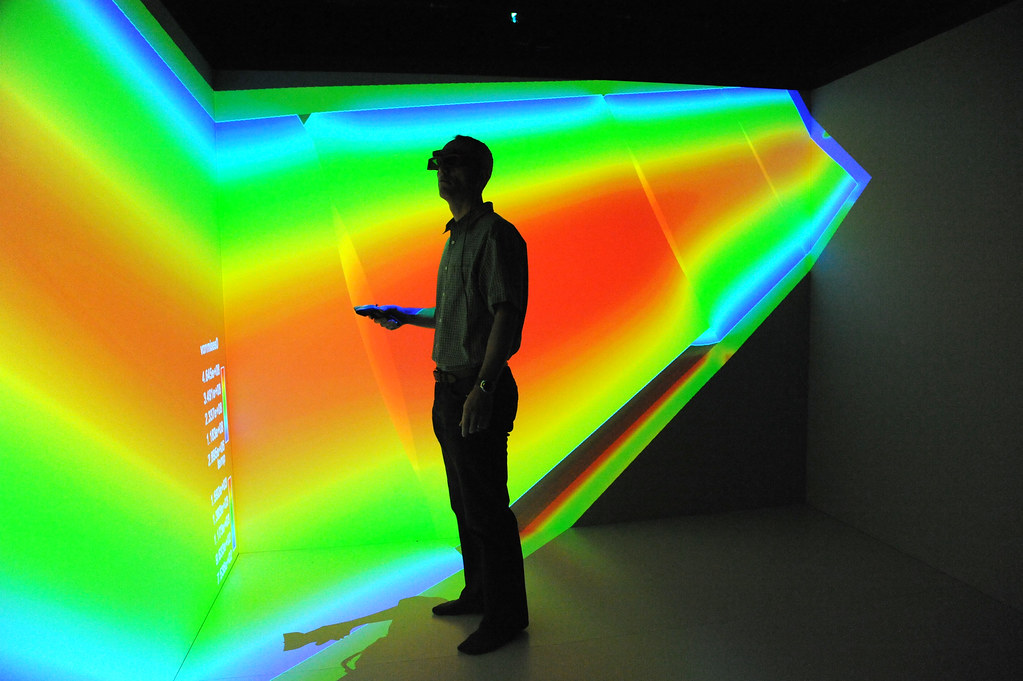
Virtual reality of all kinds has taken the world by storm and offered unique ways to learn. This does not just apply to first responders either – VR is used everywhere from the medical field to cell phone provider retailers. From screen-based to headsets, their use has gone far beyond just entertainment.
Simulation training is not a new concept, despite all the new military and law enforcement technology training options. In the mid- to late-1900’s, simulation took the form of medical dummies and models of limbs (Singleton, 2022). It has been a method for trainees in various careers to learn from experience in a safe environment. What has changed is the technology – but the training points of learning by doing have stayed the same.
Just like simulation training in general, VirTra’s products have also evolved with time. The end goal of ensuring police officers and military servicemembers get home safely every night is something that has not changed. Some of our notable evolutions include 4K projection – something that has yet to be done in the law enforcement simulation training industry.
4K Simulators
VirTra announced the V-300® 4K nearly three years ago at IACP 2019. Simulators with these projectors were shipped to clients around the world in 2020. Many law enforcement agencies have taken advantage of this unique high-definition technology – one example is Orlando PD. They have been able to train their de-escalation tactics as well as practice interactions with those who have a mental illness.
The 4K projectors allow high-quality video projection to be displayed on the screens of the training simulator. Law enforcement officers can benefit from the increased detail, allowing them to notice subtle cues such as facial expressions and movements. The 4K simulator has made law enforcement use of force training much more realistic than before.
The Importance of Visual Acuity
Some types of simulation technology take time to evolve into a reliable source of training. CGI is commonly used, but does not show realistic images. While CGI in movies and video games has come a long way, many simulation companies that utilize CGI in virtual reality training have low quality images. This causes the simulation to appear like a 90’s video game character rather than a real person.
Not only will trainees miss out on learning to detect subtle movements, they will also have a harder time relating to the character as they would towards a human – or at least something that looks like one. The Uncanny Valley effect theorizes that people can be repulsed by something that looks vaguely human, but not quite (Mori, 2012).
Physical and Psychological Fidelity
Fidelity is a term commonly used for military and law enforcement training. Did you know there are two vital types?
Physical fidelity relates to having a realistic setting. This includes being able to see from more than just one angle (such as by using a multi-screen system), and using the same tools that are utilized in the field. This can include the same CEW device, duty weapon, flashlight, etc.
Psychological fidelity is when trainees engage in the same mental processes as they do in the field. This is where realistic visuals come in, as an environment that looks “fake” may not appropriately represent the setting. Cadets may not take unrealistic training seriously.
Both types of fidelity should be present to maximize training efforts. Warfighters and law enforcement must find their training environment ‘believable’ in order to get the most out of it and stay safer on the streets.
Work must be done to perfect newer technologies before those who protect our communities rely on it. It is vital to choose training that makes the trainee’s heart rate increase and adrenaline pumping. With these parameters, skill transfer is possible.
Contact a specialist to learn about the V-300 4K and how it can prepare trainees for the field by providing lifelike experiences in a safe environment.
References
Singleton, M. (2022, July 31). Flashback Friday – Practice Makes Perfect: The History of Simulation. Retrieved from Virginia Nursing EDU: https://www.nursing.virginia.edu/news/flashback-history-of-simulation/
Mori, M. (2012). Translated by MacDorman, K. F.; Kageki, Norri. “The uncanny valley”. IEEE Robotics and Automation. 19 (2): 98–100. doi:10.1109/MRA.2012.2192811
Recently Published
Join Our Newsletter







